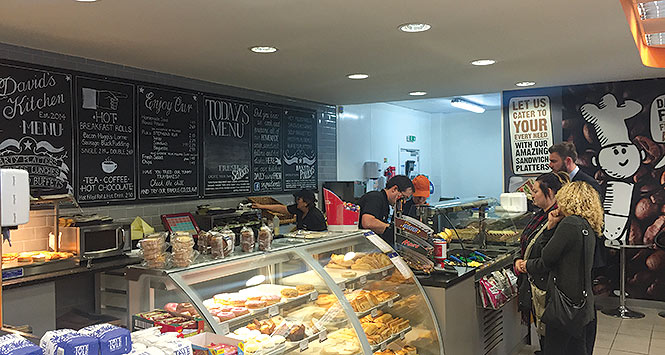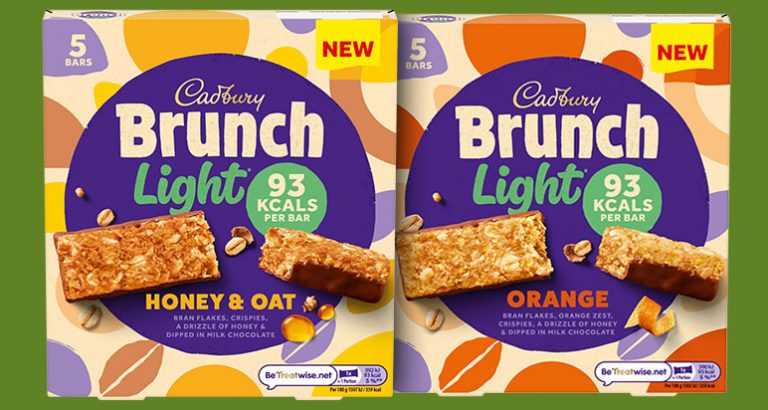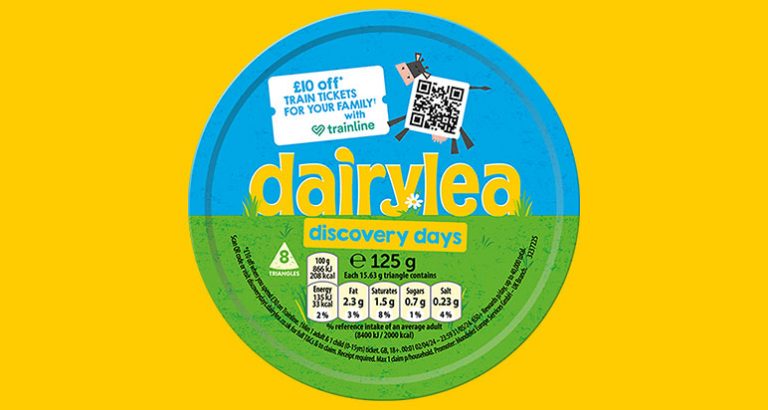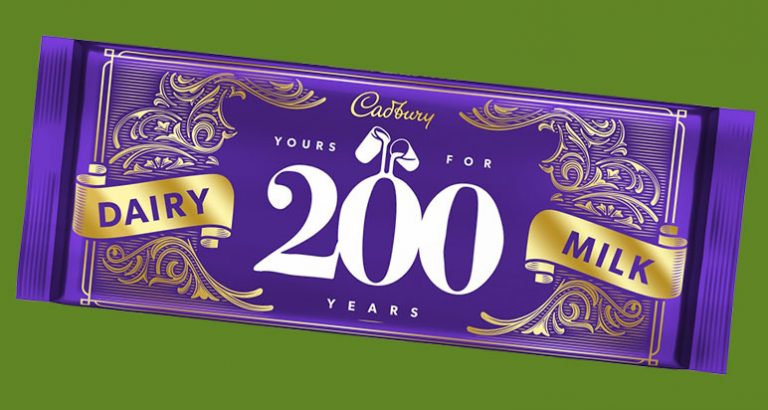Food-to-go has been arguably the standout category in local retailing in the last 12 months with many retailers embracing it as a great way of driving up footfall and sales – but the market is evolving quickly, and retailers need to stay on top of the latest trends to maximise revenues.
Food-to-go means different things to different people and that includes both shoppers and retailers – but one thing is for sure: providing your customers with a solid range of foods and drinks for instance consumption is a must for the vast majority of local retailers these days.
Hot sales
For many, food-to-go means either hot food or food that can be easily and quickly heated up. Rustlers fits the bill on this front, provides providing choice and variety that growing numbers of food-to-go shoppers are looking for.
According to HIM CTP data from 2017, convenience stores that offer hot food-to-go also generate a higher basket spend, with the average basket spend of a ‘hot’ food-to-go shopper over 10% more (£4.06) than the average food-to-go shopper (£3.69).
As the popularity of the humble sandwich continues to decline, almost three quarters (74%) of food-to-go shoppers now buy meat snacks or hot food-to-go regularly for lunch [WDR & HIM, May 2016].
“Lunchtime is the biggest occasion for Rustlers with over 60% of all Rustlers eaten for lunch [according to the same data],” says Angela Daulby, UK Group Sales Director of Rustlers brand owner Kepak Convenience Foods.
“The fact that eight out of 10 food-to-go shoppers have a microwave at work, and more than half of all food-to-go shoppers eat their lunch at their workplace highlights the pivotal role that Rustlers can play in food-to-go.”
Thanks to the introduction of the Rustlers All Day Breakfast Sausage Muffin, Rustlers now features in the key consumption occasions of breakfast, lunch and dinner, with a major presence in the important shopper mission of food-to-go, but also in meal for tonight and top up.
Research also highlights Rustlers’ pulling power in attracting food-to-go shoppers, with almost two-thirds of them (65%) saying they’re more inclined to go stores which stock the category-leading brand. [WDR & HIM, May 2016].
Rustlers is also meeting growing shopper demand for more ‘upmarket’ hot food-to-go with its top of the range Gourmet ‘Classic’ and ‘BBQ’ burgers (RSP £3).
“Rustlers Gourmet taps into the major foodservice trend for gourmet burgers which has filtered through to the high-street with the launch of the McDonald’s Signature range,” adds Daulby. “We felt that the time was now right to bring this trend into chilled convenience on the back of Rustlers Gourmet scoring exceptionally well in extensive research.”
Rustlers is also enabling retailers to offer an in-store cooking solution with its microwave or food-to-go unit, both proven to boost sales of micro snacking products without the concerns over waste and the additional labour costs associated with food-to-go counters.
In-store bakery
Another proven way of driving food-to-go sales is by offering customers a range of freshly-baked products made in-store. It can be a simple, cost effective way for convenience retailers to attract new food-to-go shoppers – and increase basket spend.
“In convenience, in-store bakery shoppers spend more than average shoppers and shop more frequently. The reality is that, on average, an in-store bakery can generate an extra £51.04 per shopper per month [HIM, 2017],” says Paul Whitely, Head of Marketing UK at Aryzta Food Solutions.
Aryzta Food Solutions offers a range of food-to-go solutions to help retailers compete head-on with high street foodservice outlets. These include the Cuisine de France range of baked products, the Seattle’s Best Coffee range and the Otis range of sweet treat products as well as a new range of hot food-to-go lines introduced last year comprising four Heinz Cook-in-Pack products and three Bake-in-Pack panini lines.
For retailers who want to see results from food-to-go, there are a few key factors to bear in mind:
With many people now skipping breakfast at home and the continued rise of coffee, there’s a key opportunity for retailers to implement a link purchase such as a coffee with a croissant or pain au chocolat for example.
Research shows that 42% of in-store bakery shoppers buy due to ‘temptation’ so by positioning Aryzta’s range of counter top and floor standing units near to a coffee offering retailers can generate additional impulse sales. Aryzta’s coffee solution for Seattle’s Best Coffee has been designed for the convenience retailer. It integrates two stands to hold both AM products and PM sweet treat products such as cookies, muffins and doughnuts. This enables retailers to increase basket spend and upsell to shoppers whilst they are waiting for their coffee to pour.
From 2pm onwards, we know that the traditional food-to-go and drink-to-go missions begin to slow down, however the treat mission continues to hold up as shoppers look to treat themselves during the afternoon and early evenings.
We also know that 24% of in-store bakery shoppers make impulse purchases, which is higher than the convenience average of 14% for those without an in-store bakery solution. A well-stocked post lunch offering of bagged doughnuts and other sweet treats will drive additional sales of impulse and take-home products.
[Data source: HIM CTP 2017]Aryzta also offers a number of equipment for solutions, as Whitely explains: “We have a variety of options for retailers, from purchasing ovens and equipment, right through to schemes whereby retailers who work with us and meet the appropriate level of sales can loan equipment from us through a partnership agreement.
“This means that in some cases the only cost that the retailer may have to consider is purchasing the stock, and investing some staff time to bake off and set up the display.
“With good planning and well-trained staff, retailers can reap all of the benefits that an in-store bakery solution provides. One of the real advantages of working with Aryzta is that all stores will be given support by our field sales team from the first day of launch through to ongoing training requirements.”
Aryzta also provides comprehensive guidance and training manuals as well as offering ongoing support to all customers, in order to give them the tools and knowledge required to drive footfall and increase sales.
Whitely says an in-store bakery concession from Cuisine de France can generate as much as £150,000 worth of additional business per year, vs. £49,000 in stores with another bakery concession – a difference of £98,000 [HIM CTP, 2017].
Meal deals
Another great way of driving up food-to-go spend is by offering shoppers a range of meal deals.
Amy Burgess, Trade Communications Manager at Coca-Cola European Partners (CCEP), comments: “Meal deals that see discounts offered when a soft drink, such as Coca-Cola Zero Sugar or Fanta, is purchased alongside a sandwich or a snack, are a great way of meeting the demands of a lunchtime shopper looking for a convenient meal on-the-go, while also giving a high perception of value.
“Retailers can maximise the potential of these offers by stocking all of the products that are eligible for the deal together, complete with POS materials signposting the meal deal. This will increase the convenience for shoppers looking to pick up their meal quickly, whilst also enticing them to take advantage of the offer in store.”
Sandwiches
A staple of the food-to-go market has long been the sandwich and retailers now have another attractive option on this front with the news that the UK’s favourite sandwich, URBAN eat, is now available to convenience retailers alongside some of the nation’s favourite brands.
The company’s new direct-to-store delivery service will provide retailers with a consolidated ‘One Stop Shop’ of must-stock, branded food-to-go SKUs.
Launched at this year’s National Convenience Show, the brand is aiming to further capitalise on the expanding food-to-go market within convenience, reaching more retailers with its range than ever before. The new additions and no-fuss delivery system further strengthens URBAN eat as a compelling choice for stores of all sizes and locations.
John Want, Marketing Director at URBAN eat’s brand owner Adelie Foods, said: “We’re thrilled to be launching our new ‘One Stop Shop’. With this offering we are hoping to accelerate the roll-out of URBAN eat within this important sector, and we are confident that retailers will benefit from improved sales and profits by stocking the right branded food-to-go selection.
“URBAN eat is the perfect range for convenience. We’ve extended the life of some of our top sellers to four days, which means that retailers can be reassured they can sell-through. To strengthen our proposition further, we have also introduced an online sale and return model so waste is clearly tracked and credit claims raised automatically.
“We also understand the need to provide the full food-to-go solution for convenience and forecourt operators so they have a perfect offer in store from a single supplier. Our small range of complementary food-to-go products is made up of all the big hitters. This includes Wall’s, the number one savoury pastry brand in the channel.”
The URBAN eat portfolio includes sandwiches, wraps and snacks to meet all store and consumer needs. As well as the classic best-sellers, the range includes on-trend flavours such as Chicken Tikka Bhaji, and an extensive selection of halal and gluten-free options.
Impulse add-ons
Don’t forget too that many food-to-go products are also bought alongside a soft drink, snack and sweet treat so it is vital to ensure a good core range of these types of lines to bolster basket spend even further. And don’t forget that food-to-go covers many missions right throughout the day.
Susan Nash, Trade Communications Manager at Mondelēz International, comments: “The food-to-go mission accounts for 32% of total snack sales [Kantar, May 2013]. Lunch and afternoon are the most common times to purchase food-to-go, but the on-the-go breakfast mission is growing. Our insights show that 98% of adults snack at home, work or a place of study [Mintel, Jan 2014].
“It’s important to consider times of day when merchandising, to take account of the on-the-go mission. Breakfast and lunch are all about routine and convenience, whereas afternoon is about hunger and wanting a treat. Retailers should be aware that the instant consumption channel is really important for this mission as the convenience element plays a big role.”







